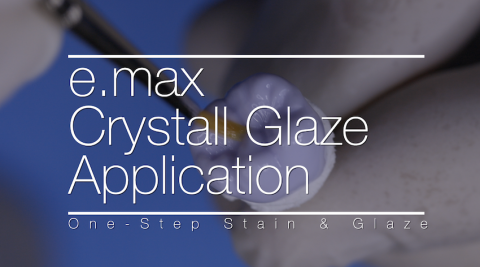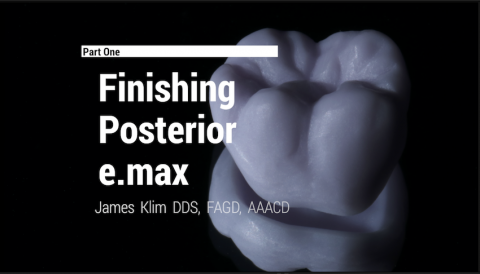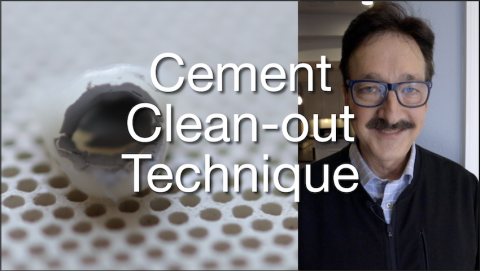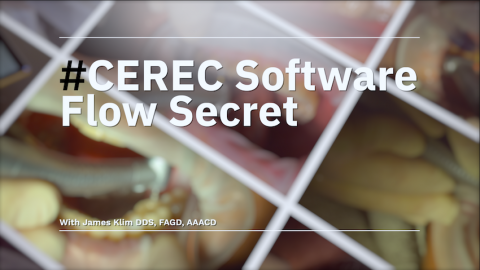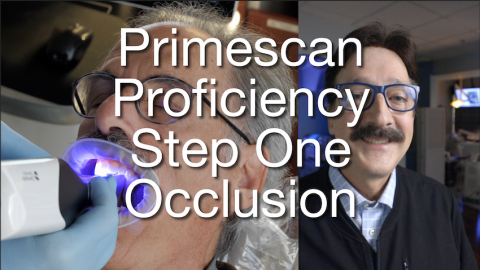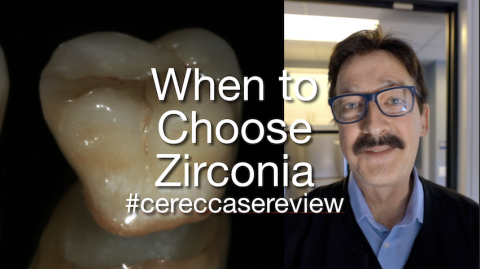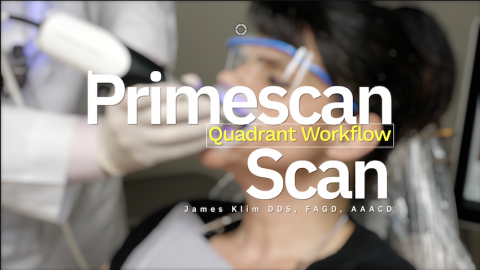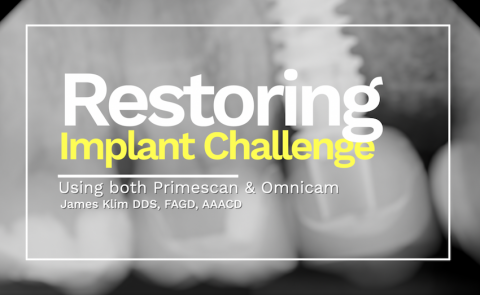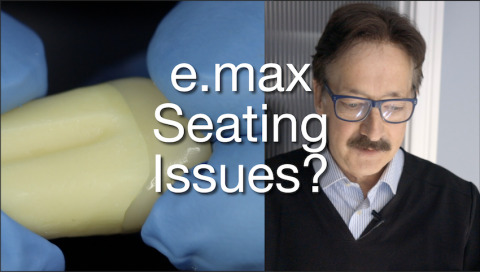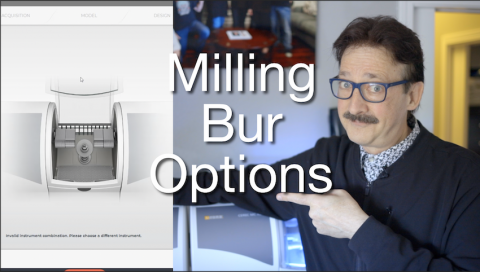Brush-on IPS Crystall glaze tutorial for all e.max glaze firing cycles and avoid glaze bubbling and surface glaze firing pits. This is precisely the posterior e.max glaze/stain technique I use in my clinical theater.
Make sure your whole team views this video, it is excellent for training and standardizing the e.max finishing workflow.

